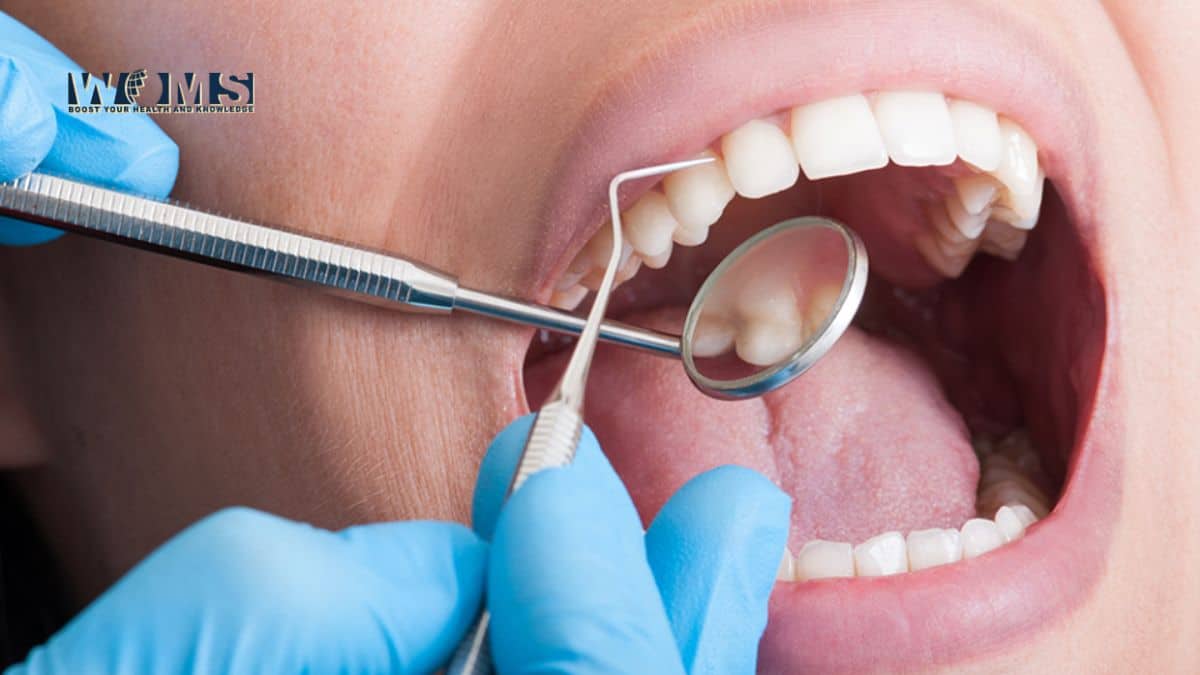How to Know If I Need a Root Canal Treatment or Tooth Extraction

Persistent toothaches are common among people with tooth decay or extensive damage. The best relief for an aching tooth is visiting the dentist.
Usually, patients have to choose between root canal treatment and tooth extraction to eliminate the pain. But which is better? Read on to discover whether you need root canal therapy or extraction.
What is Root Canal Treatment?
As the name suggests, root canal treatment focuses on removing the necrotic pulp tissue and disinfecting the affected tooth. The objective is to save the existing tooth structure by removing and replacing the dead pulp, eliminating bacteria, and restoring tooth function.
Like most invasive oral procedures, root canal therapy involves administering local anesthesia. Once the affected site is numb, the doctor makes an incision around the tooth to access the diseased or necrotic pulp tissue. The dentist draws out the pulp and cleans the tooth to eliminate bacteria.
Then, the dentist fills the void with ‘gutta-percha,’ an artificial replacement for the damaged pulp tissue. If the tooth has cracks or chips, the doctor will fix a crown to restore its strength, appearance, and functionality. Most patients require multiple visits to complete root canal therapy – usually, the damage’s extent determines the number of sessions.
You will experience pain for a few days after undergoing root canal treatment. Its intensity varies with the extent of treatment. For instance, if the dentist saves many teeth, the pain will be sharper than for a patient with one affected tooth. The pain is easy to manage using over-the-counter painkillers. However, it’s wise to seek medical assistance if the pain persists, becomes too intense, or recurs every few days.
The potential side effects of root canal therapy include increased susceptibility to systemic illness and the need for endodontic treatment in the future. However, both are a result of human error, which is rare.
What is Tooth Extraction?
On the other hand, tooth extraction involves removing the entire tooth structure, including the crown, pulp tissue, and roots. Extraction is often the go-to choice when the dentist can’t perform any other procedure to save your tooth. For instance, if you’re cavity is large, it compromises your tooth structure, making it irreparable. The same applies to fractured teeth and cracks that extend beyond the gum line.
Before extraction, the dentist numbs the area around the affected tooth. This prevents pain and discomfort during the removal. Next, the doctor uses an elevator to loosen the tooth from its socket. The final step involves forceps that detach the tooth from the jawbone. However, the dentist might use additional tools if the tooth is so compromised that it can’t come out in one piece. In such cases, the patient experiences more bleeding.
After extraction, the dentist instructs you to bite a piece of gauze for 30 minutes to clot the blood flowing from the probed gums. Light bleeding can continue for up to 24 hours after the procedure. It’s also normal to experience facial swelling around the extraction site, which you can treat by pressing an ice pack against the skin.
It takes two weeks for the extraction site to heal. During this period, avoid chewing hard foods and brushing aggressively. Instead, use warm salty water to clean the area. Also, avoid consuming too hot or cold substances, as they can spur sensitivity.
On the downside, tooth extraction compromises the jawbone’s integrity, especially if many teeth are removed. This increases your vulnerability to tooth loss. Also, the procedure can misalign adjacent teeth, resulting in biting and speech problems.
Wrapping Up: Which is Better?
Root canal therapy is better than a tooth extraction. First, it saves the existing tooth structure, ensuring you don’t experience the discomfort of using artificial implants. Second, it’s less risky than extraction, which increases the risk of tooth loss.
Additionally, root canal treatment is cost-effective. The upfront cost of tooth extraction is lower than undergoing root canal therapy. However, you’ll need to purchase an implant or dentures to replace the lost teeth. When combined with the fee paid to the dentist, extraction costs more than root canal treatment.
Ultimately, the dentist recommends the best remedy for your infected teeth. If you must choose, always pick root canal therapy.




